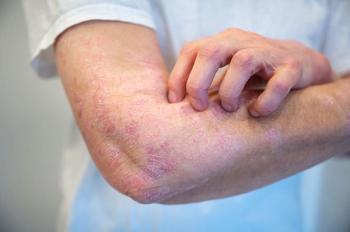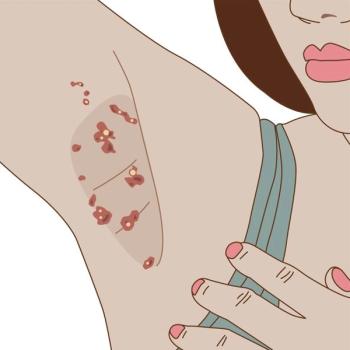
A Routine Seborrheic Keratosis
A number of clues suggest that this pigmented lesion is a seborrheic keratosis, including its rough surface, truncal location, and age of the patient (59 years).
A 59-year-old man became concerned when a long-standing pigmented lesion on the shoulder began to both expand and develop multiple colors.
Key point: The “rough”-appearing surface topography, truncal location, and age of the patient all suggest that this is a routine seborrheic keratosis.
Treatment: A superficial shave excision/biopsy was done to alleviate the patient’s anxiety. The lesion did prove to be a seborrheic keratosis.
Note: Many seborrheic keratoses are multi-colored. Many will also grow larger after a long period of stability. When you are in doubt, or when the patient is very anxious, a biopsy (or conservative removal) is indicated.
Newsletter
Enhance your clinical practice with the Patient Care newsletter, offering the latest evidence-based guidelines, diagnostic insights, and treatment strategies for primary care physicians.



